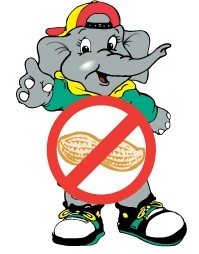
Find Out More
Parents & Educators
Parents and educators who take care of children with life-threatening allergies on a regular basis need to learn what they can do to help these children live safely with their allergy.
You should know how to:
- Recognize signs and symptoms of a reaction
- Use an epinephrine auto-injector (EpiPen or Twinject)
- Follow an emergency plan
- Help minimize the risk
It is a balancing act to protect children from exposure to their allergens without depriving them of normal childhood activities. Parents should teach their allergic children to take responsibility early. The sooner children learn to manage their own condition, including how to use their epinephrine auto-injector, the easier teen years will be when peer pressure and the need to conform place additional stresses on them.
Anaphylaxis Canada recommends that children begin to take responsibility for carrying their own epinephrine auto-injectors around the age of six or seven. This will vary depending on the child’s development and skill level, level of support provided and education of peers and caregivers. Direct adult supervision should be available in the case of younger children as very young children might require staff to carry an epinephrine auto-injector for them or have it available in the classroom. Although a child may be old enough to self-inject, those in positions of responsibility should never assume a child will self-inject, and should be prepared to administer an auto-injector if needed.
Schools must be aware that anaphylaxis is a life-threatening condition, and should have policies in place to inform and teach educators how to manage allergens within their environment. Although peanuts and nuts get the most attention within schools, children can have equally severe, life-threatening allergies to many foods. In addition to peanuts, the most common food allergens are milk, eggs, tree nuts, sesame seeds, fish, shellfish, and soy. Schools also have the responsibility to inform the school community about their allergy policies and help minimize the risks of exposure within the school.


